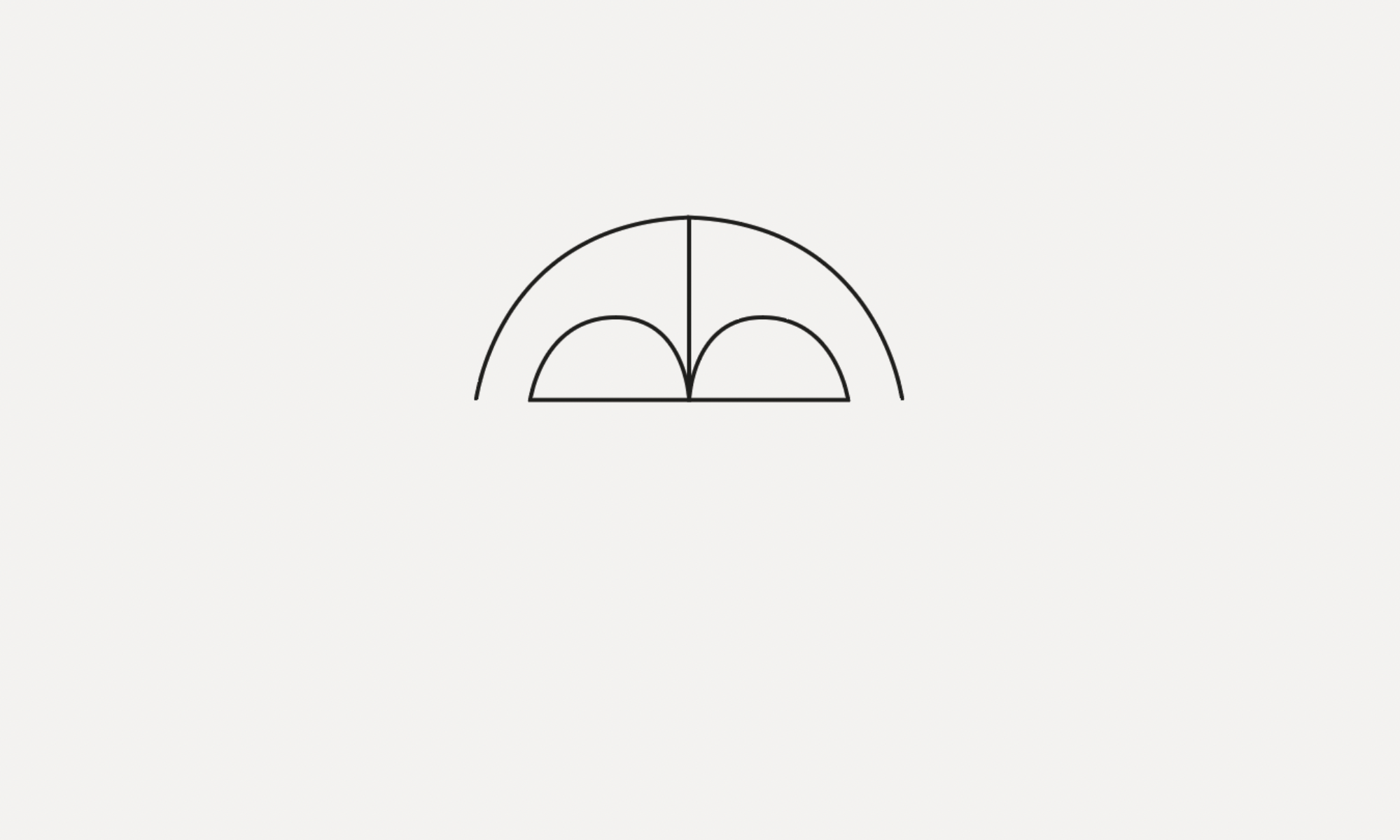Born in 1975 in Provence, Caroline Bouguereau has studied Art History in Paris at the Sorbonne before training as a sculptor in Rome with artist Giuseppe Gallo working on bronze casting. She then developed her practice through study in the Chelsea College of Art and Design in London where she produced her first bio-art pieces inspired by Galileo Galilei’s Dialogue concerning the two chief world systems from 1632. In parallel she did further work with metal included welding and aluminum casting. Her art works since her earliest projects have been inspired by natural curiosities, by the organic world or more generally by biological forms.
In addition to working with metal, she trained as a glass blower in California with the Bay Area Glass Institute (BAGI) in collaboration with the MIT glass laboratory in Cambridge (Mass.). For the requirements of a permanent public installation created for Stanford University she also trained during the same period in micro-scientific glass blowing in Milpitas (California) in a private company making lasers. In Stanford University, while following a course with artist Professor Paul de Marinis on the “archeology of media” aimed at rediscovering lost techniques for visual production she produced works with simple mechanical devices, included a heart/pump installation that simulated the human pulse to measure time.
Drawing has always been for her an important part of the art process in any of her projects. She found the technique of etching an engaging intersection between drawing and working with metals. She re-discovered an alternative process to produce etchings using low voltage electricity to etch her plates and print them only with non- chemicals products to achieve an organic processed work. One of her etching is on permanent exhibition at the Museum of Jurassic Technology in Los Angeles.
The Natural History museum in Dublin has subsequently been an important point of reference for her. It gave her the opportunity to produce a series of drawings and etchings related to marine life using its collection and library. Its collection of nineteenth century scientific glass made by the Blaschka family stimulated her to study the geometry of minute natural forms and especially the sea creatures such as jellyfish and sea anemones. She liked their designs for their exploration of the microworld and their minute detail. Her artwork often explores microscopic details because they constitute a world unknown to the human eye.
Mechanism, human anatomy and organic life forms are a combination that once again re-appeared in her work more recently in some ceramic works. She made hand molded earthenware human organs and learned glazing techniques in a ceramic workshop in France. These pieces look like organic life forms and explore the common structures that unite human anatomy and the plant world. The idea is to re-situate humans in nature through biomorphism or geomorphism. The deltas of rivers or the branches of trees have a similar design to the vascular system. “Man a plant” replaces “man a machine” as the dominant metaphor. French eighteenth century philosopher, de la Mettrie, in his essay L’Homme Plante (less well known than his other essay L’Homme Machine) describes in a very poetic way the similarity between humans and plants and is a source of inspiration for her current work.
Caroline has spent one year at the French Academy in Rome at the Villa Medici in 2010. She currently lives in Italy with her family.
